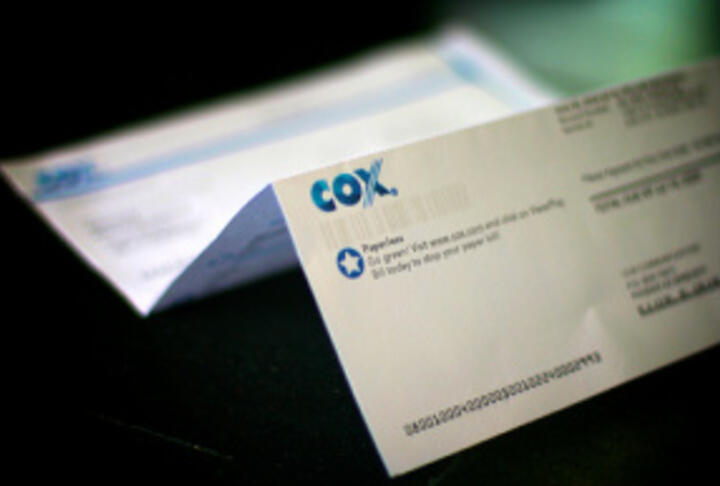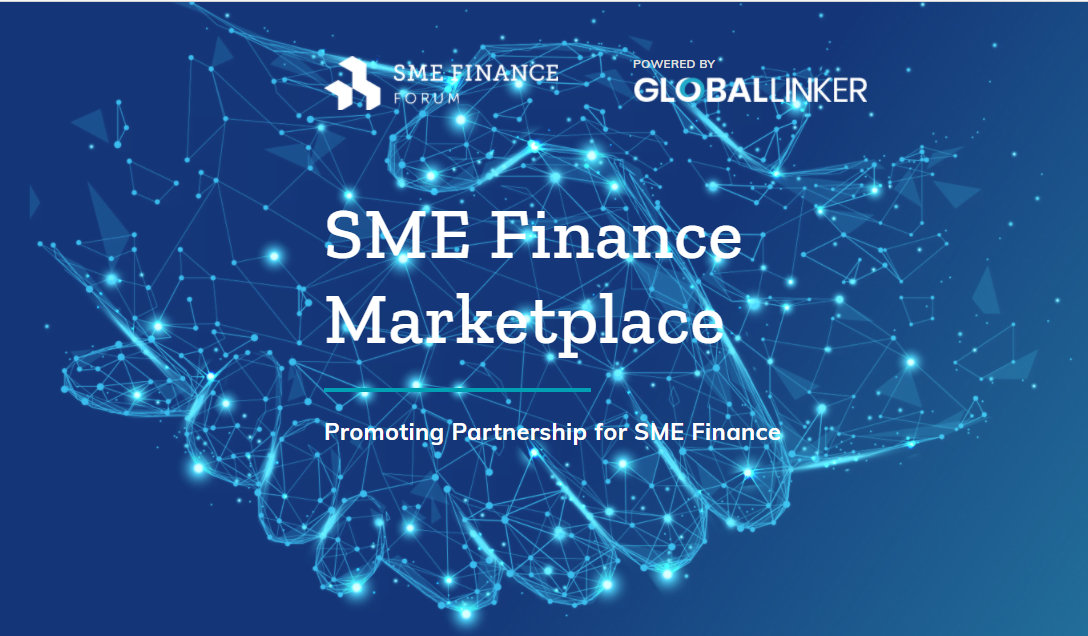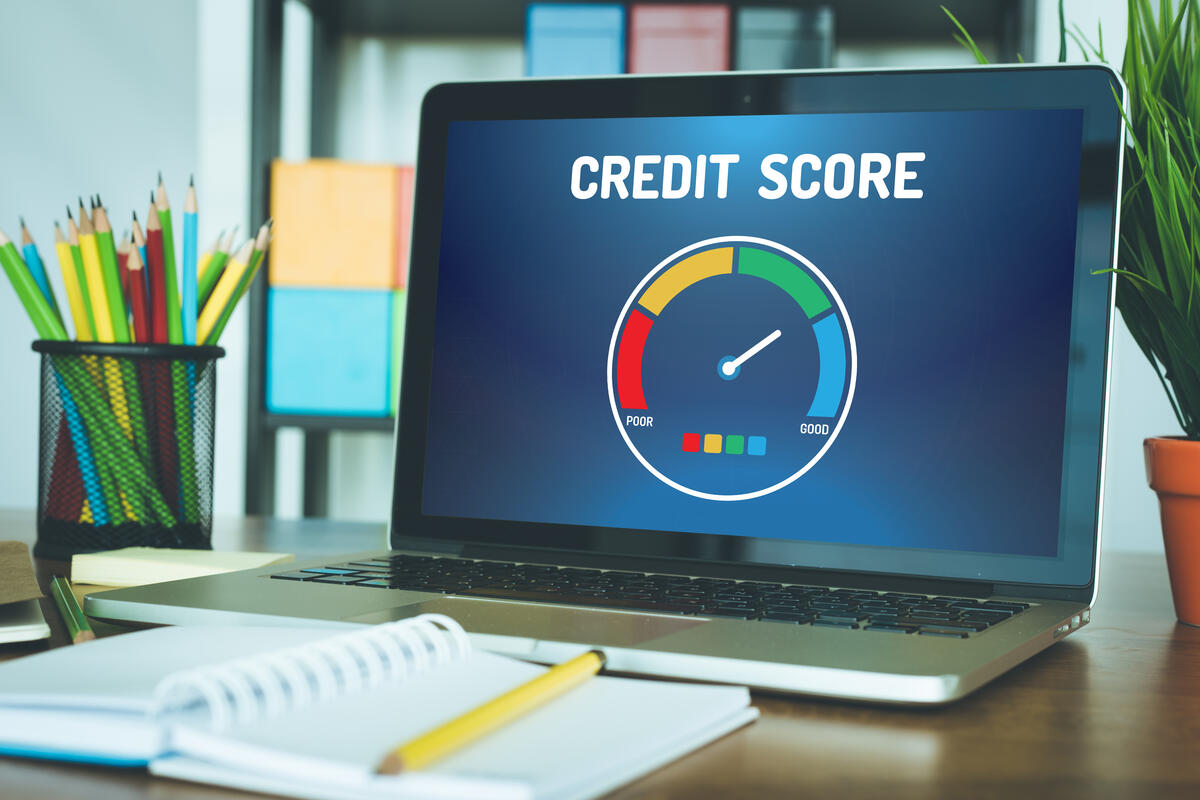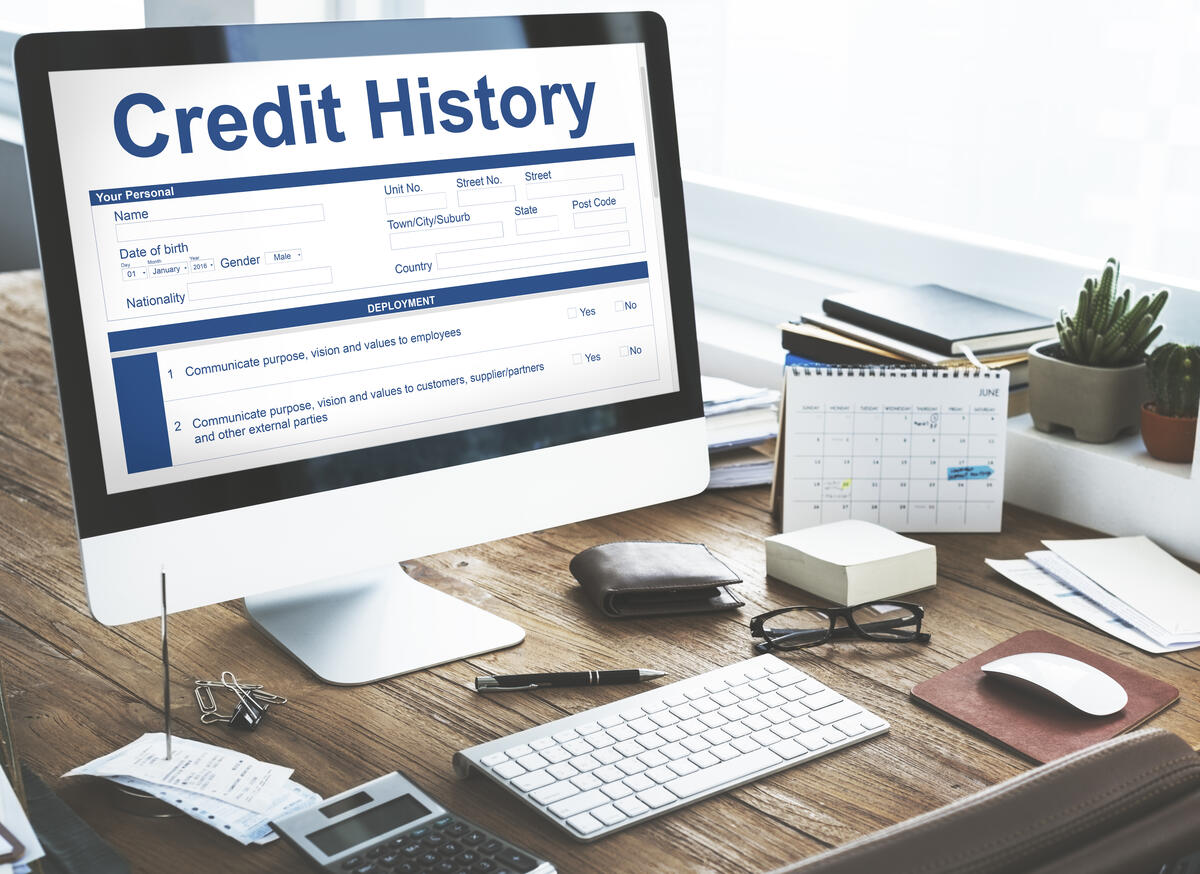Imagine you’re a young immigrant in the U.S. who’s been working for a few years in a series of low-wage jobs. Through discipline and determination, you’ve saved up some money for a down payment on a used car and you want to apply for a loan. You haven’t made many large purchases, you don’t have a credit card, and have few assets to your name. Chances are, your credit report is nonexistent and you won’t be able to access the credit you need to buy a car that will get you to your new job everyday. Tough luck.
It’s a familiar story for the “credit invisible” – tens of millions of Americans (possibly as many as 1 in 4) – some young, some elderly, and across income levels. For people without a detailed credit report or credit score, high cost lenders such as pawn shops, pay-day lenders, and check cashing services fill the void. The resulting inability to build assets, buy a home or start a business doesn’t just have implications for individuals; the lack of a ladder for climbing up the economic ladder helps entrench economic inequality.









